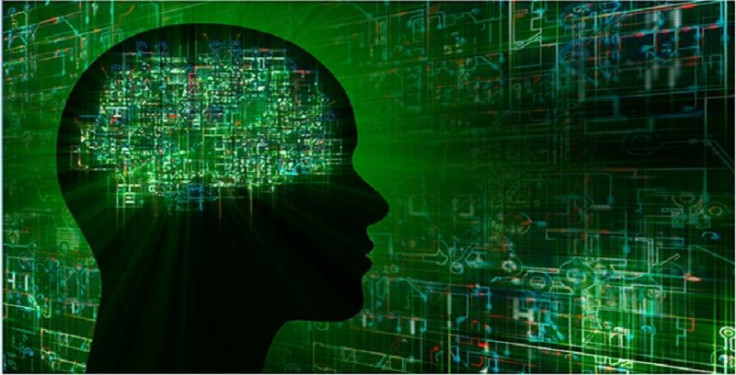DARPA develops brain modem using neural interface implants

Pentagon is working on a brain-to-digital world interface that would be implanted within the human brain. The planned technology, which would make laptops, tablets or smartphones unnecessary, is being developed for use by the US military.
The agency working on the technology, the Defense Advanced Research Projects Agency (DARPA), is under the US Department of Defence. The planned brain-to-digital world interface would serve as a translator by converting the electrochemical language used by the brain’s neurons and the language of information technology that uses “1” and “0.”
The implantable device, which is biocompatible, is less than one cubic centimetre long or about the size of two nickels that are stacked back-to-back. It is part of DARPA’s Neural Engineering System Design (NESD) programme that aims to enhance Pentagon’s research capabilities in neurotechnology and offer a basis for new therapies.
Philip Alvelda, programme manager of NESD, explains that the technology would make up for deficits in hearing or seeing by feeding visual or auditory information into a brain using a resolution and experiential quality much higher than what is possible with current technology. He adds that the best brain-computer interface system now are similar to two supercomputers that attempt to dialogue using an old 300-band modem.
“Imagine what will become possible when we upgrade our tools to really open the channel between the human brain and modern electronics,” Alvelda says.
He adds that present neural interface approved for human use compresses a large amount of information on 100 channels, with each channel aggregating signals at the same time from thousands of neurons. It results in noisy and imprecise system; the NESD implant aims to develop another system than would provide clear, precise and individual communications for any neuron at a maximum of 1 million neurons at any brain region.
Alvelda acknowledges that the technology would come with hardware challenges, such as breakthroughs across the different disciplines of synthetic biology, neuroscience, low-power electronics, clinical testing, photonics, medical gadget packaging and manufacturing, and systems engineering. NESD would also need to develop advanced neuro-computation and mathematical methods that would transcode high-definition sensory data between electronic representations and cortical neurons.
Finally, it needs to compress and represent all these information sans loss of functionality and fidelity. To attract stakeholders to the technology, DARPA would hold the Proposers Day meeting in Arlington, Virginia, on Feb 2 and 3 to familiarize interested parties with the NESD’s technical objectives.
DARPA is expected to invest up to $60 million (AUD$85.4 million) in the NESD technology over four years.





















